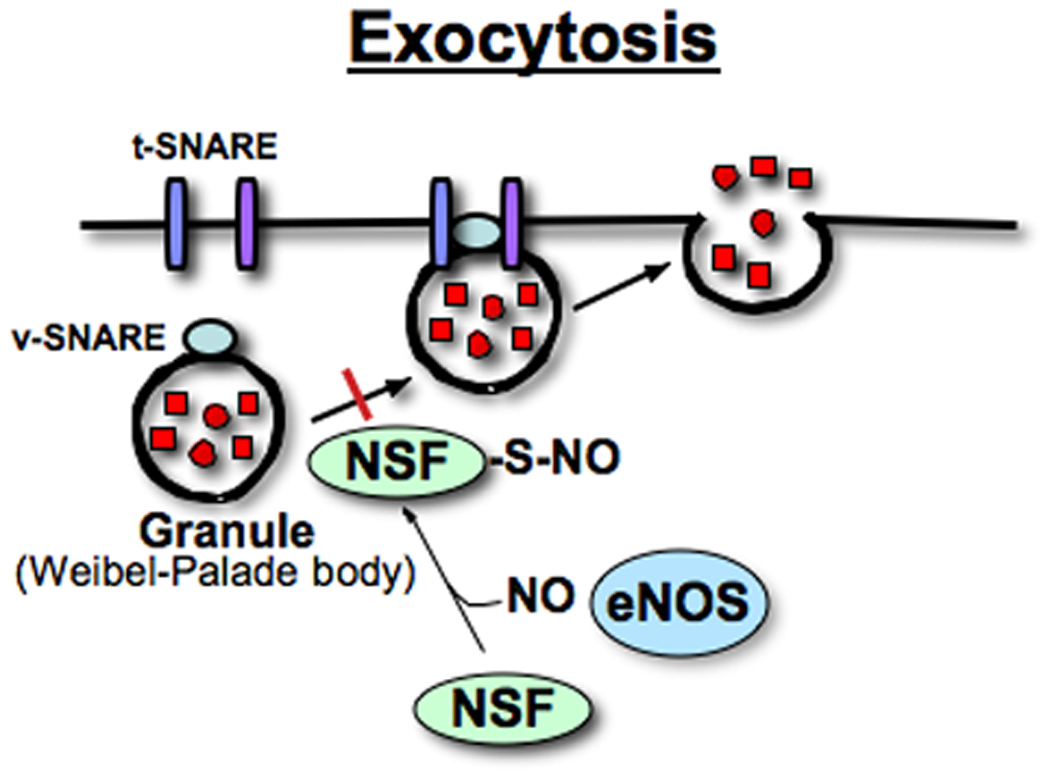Figure 2. Nitric oxide prevents exocytosis of granules via S-nitrosylation of N-ethylmaleimide sensitive fusion protein (NSF).

NO decreases granule trafficking from the Golgi apparatus to the plasma membrane by targeting a key component of the exocytic machinery, NSF, which facilitates disassembly of soluble NSF attachment protein receptor (SNARE) complexes[22, 23]. NO inhibits this process by S-nitrosylating NSF[6]. Weibel-Palade bodies are endothelial storage granules that contain von Willebrand factor, P-selectin, tissue plasminogen activator, and CD63 and are rapidly released from endothelial cells, mediating vascular thrombosis and inflammation[20, 21]. Thus, S-nitrosylation of NSF inhibits thrombosis, limiting vascular inflammation in endothelial cells. The diagram was adapted from Matsushita et al.[6] and a review paper by Lowenstein[76].
